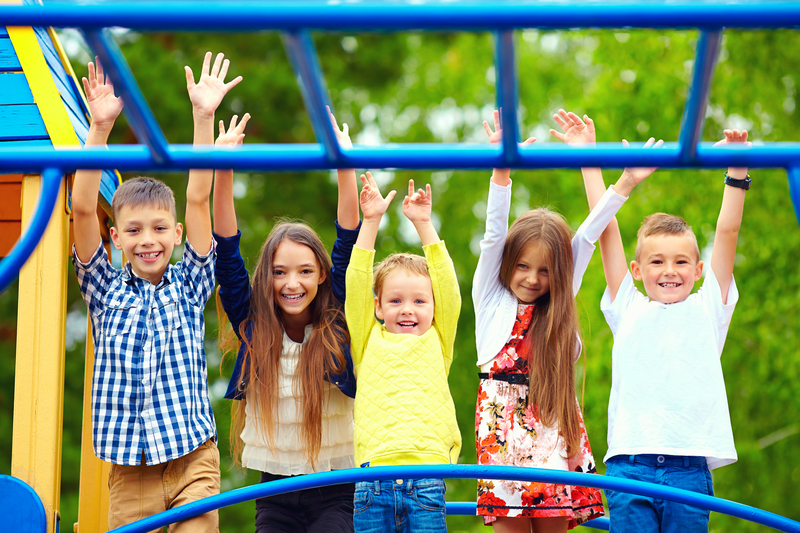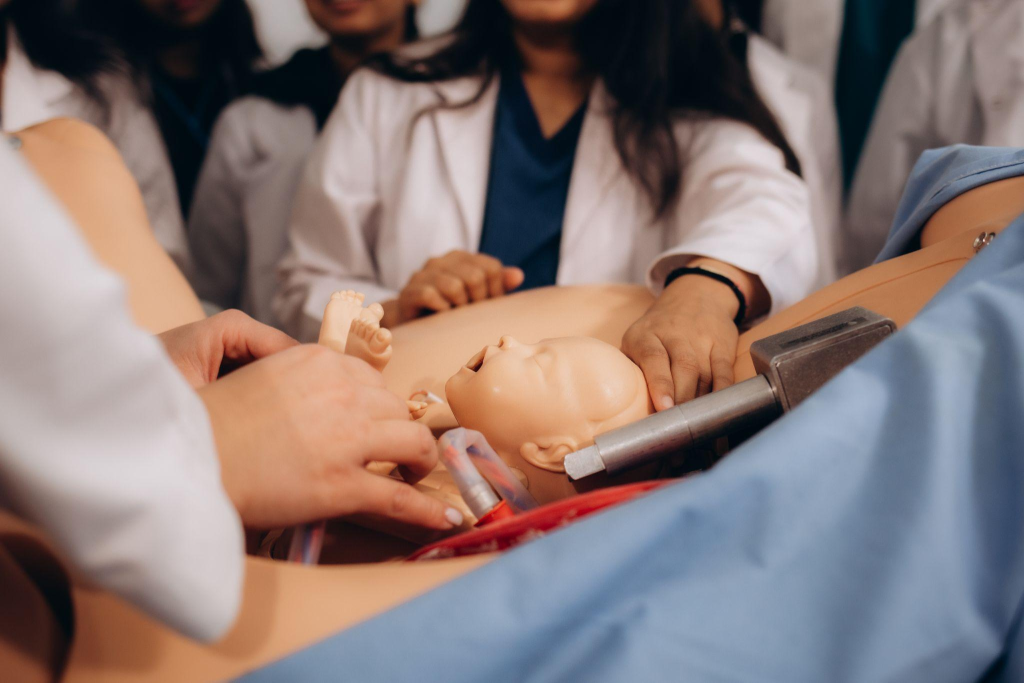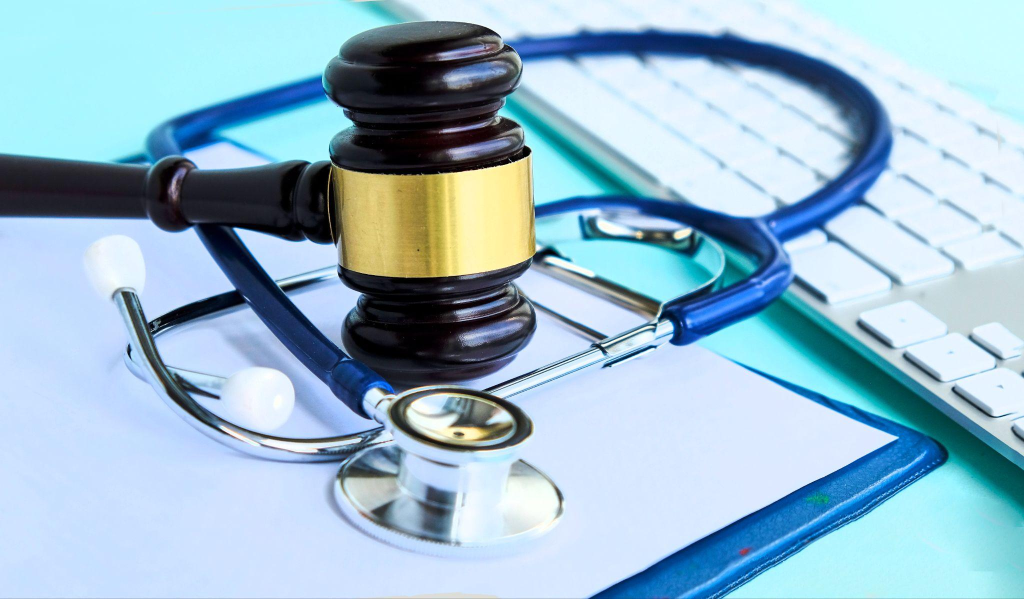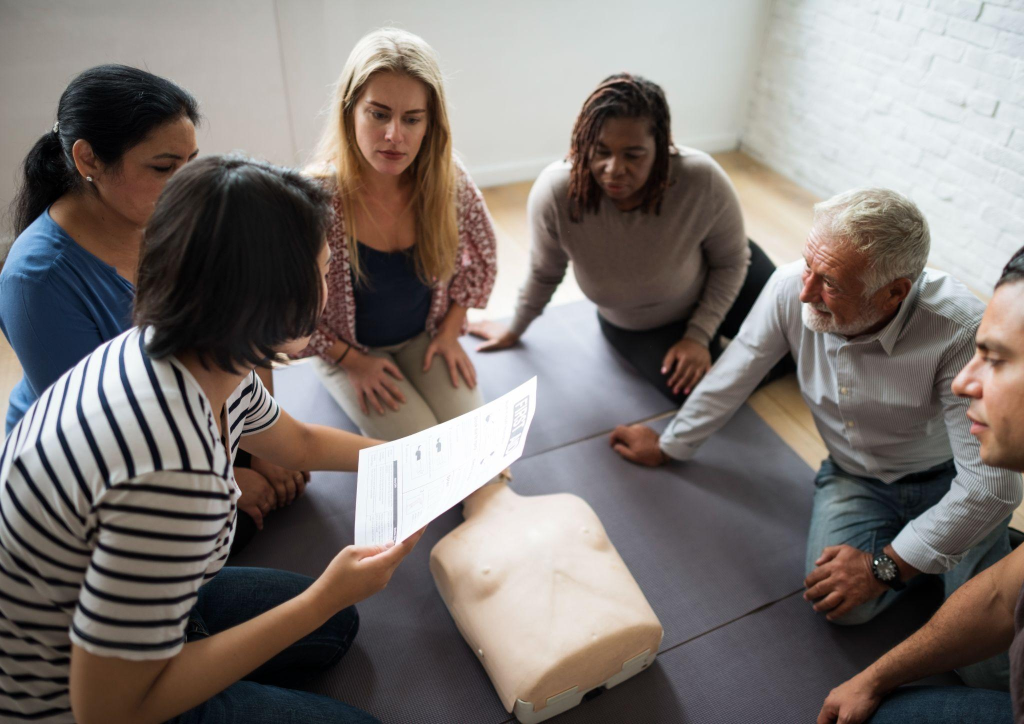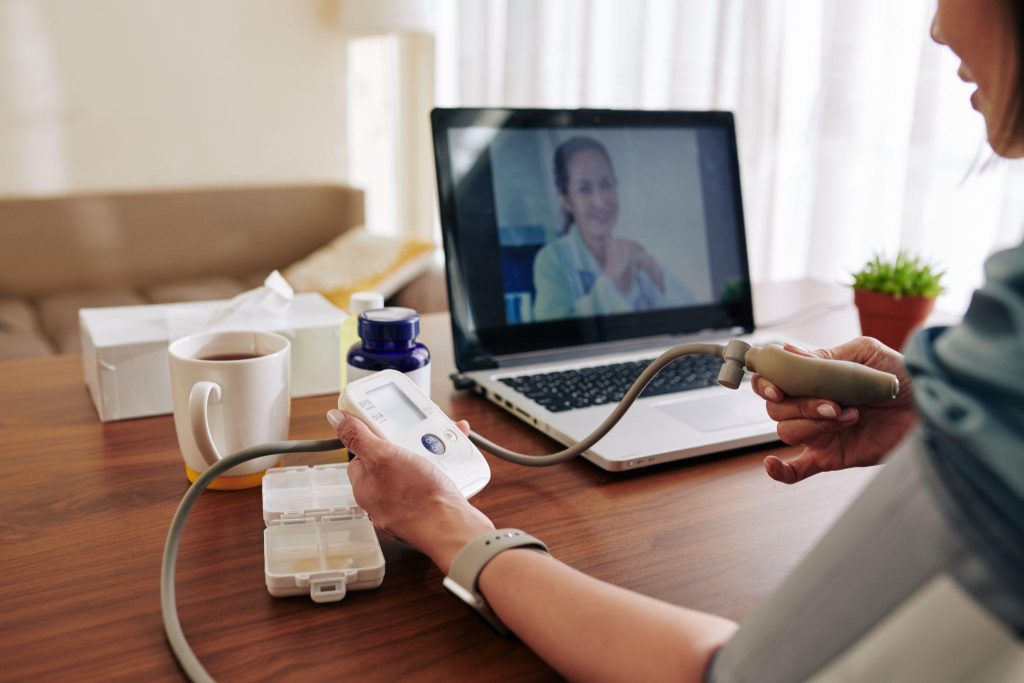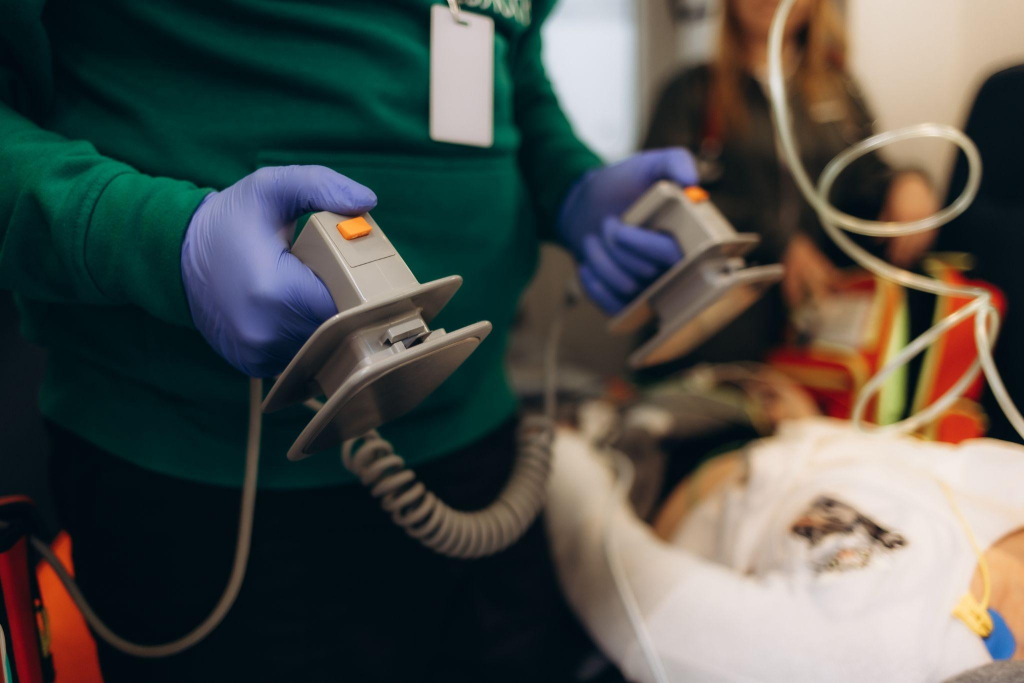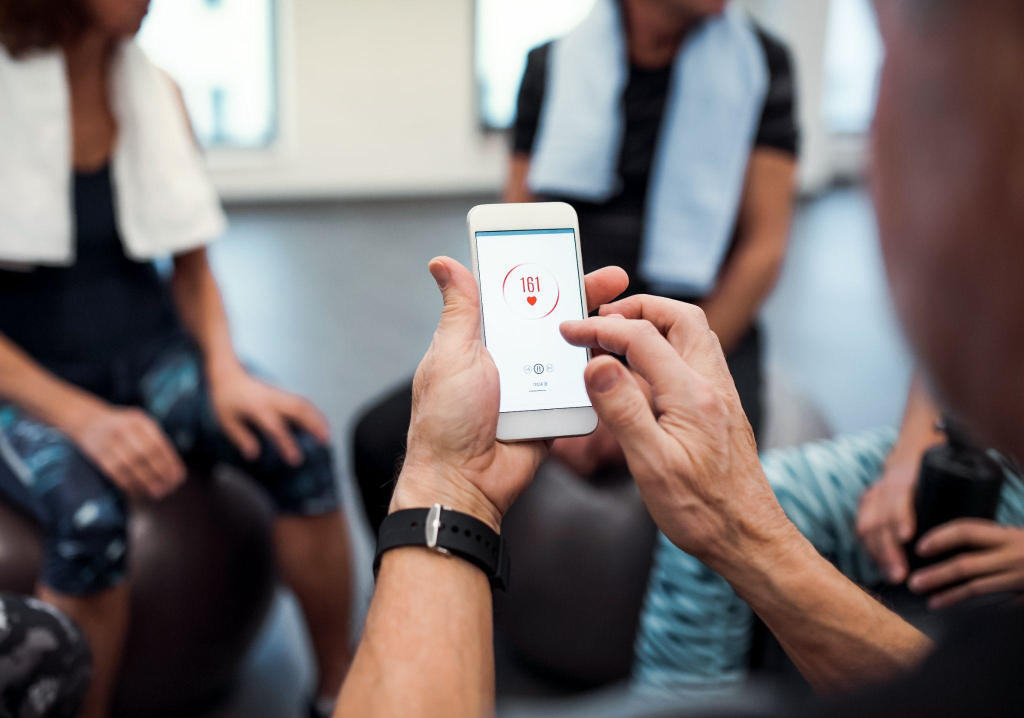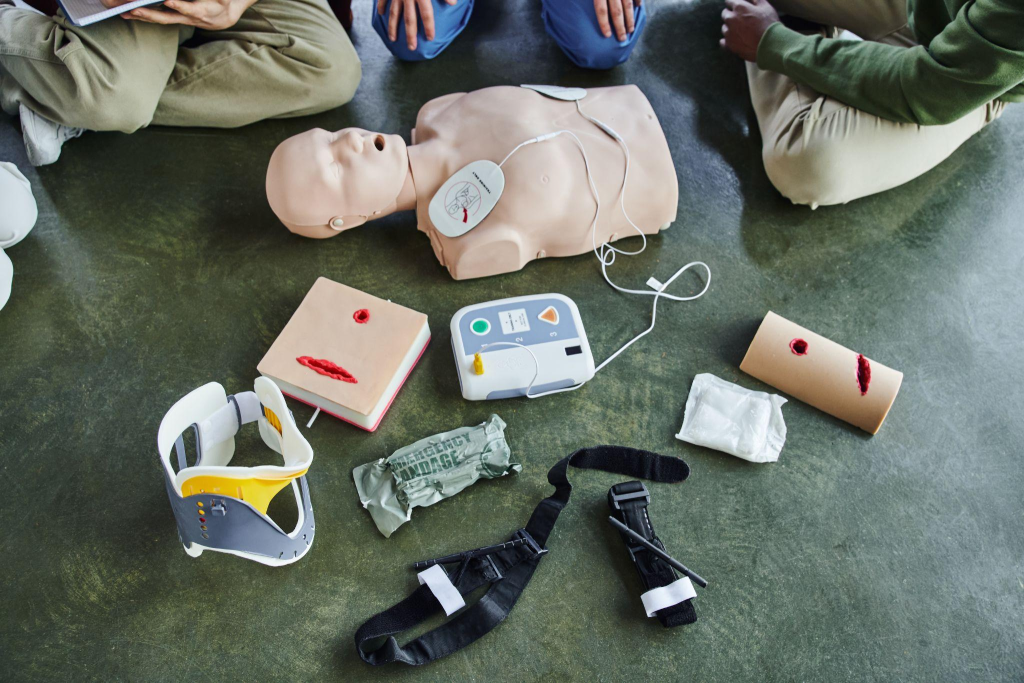Playgrounds are where children go to explore, have fun, and make memories. However, ensuring their safety while they play is paramount. From minor scrapes to more severe injuries, being prepared to address any situation is crucial for parents and caregivers. Here’s a comprehensive guide to playground safety, including first aid for minor injuries and recognizing signs of more severe issues.
First Aid for Minor Injuries:
- Scrapes and Cuts: Keep a small first aid kit handy with antiseptic wipes, bandages, and adhesive tape. Cleanse the wound gently with water and apply an antiseptic wipe to prevent infection. Cover the scrape with a bandage to protect it from dirt and bacteria.
- Bruises and Bumps: Apply a cold compress or ice pack wrapped in a cloth to reduce swelling and ease discomfort. Encourage the child to rest and avoid putting weight on the affected area.
- Splinters: Use clean tweezers to carefully remove the splinter. Cleanse the area with soap and water, then apply an antiseptic ointment and cover with a bandage.
Recognizing Signs of More Severe Issues:
- Head Injuries: Watch out for signs of concussion such as dizziness, confusion, nausea, vomiting, or loss of consciousness. Seek medical attention immediately if any of these symptoms occur after a fall or collision.
- Fractures: If a child complains of severe pain, swelling, or inability to move a limb after a fall, it could indicate a fracture. Avoid moving the injured limb and seek medical help promptly.
- Heat Exhaustion: In hot weather, watch for signs of heat exhaustion such as excessive sweating, pale skin, dizziness, weakness, nausea, and rapid heartbeat. Move the child to a cool place, offer fluids, and seek medical help if symptoms persist.
- Allergic Reactions: Some playground equipment may harbor allergens like latex or certain metals. If a child develops symptoms like hives, swelling, difficulty breathing, or nausea after coming into contact with a material, it could be an allergic reaction. Administer any prescribed medication like an epinephrine auto-injector and seek emergency medical assistance.
In conclusion, proactive measures such as supervision, maintaining playground equipment, and educating children about safety rules can help prevent accidents. However, being prepared to handle minor injuries and recognizing signs of more severe issues is essential for ensuring the well-being of children on the playground. By following these guidelines, parents and caregivers can promote a safe and enjoyable play environment for children.

